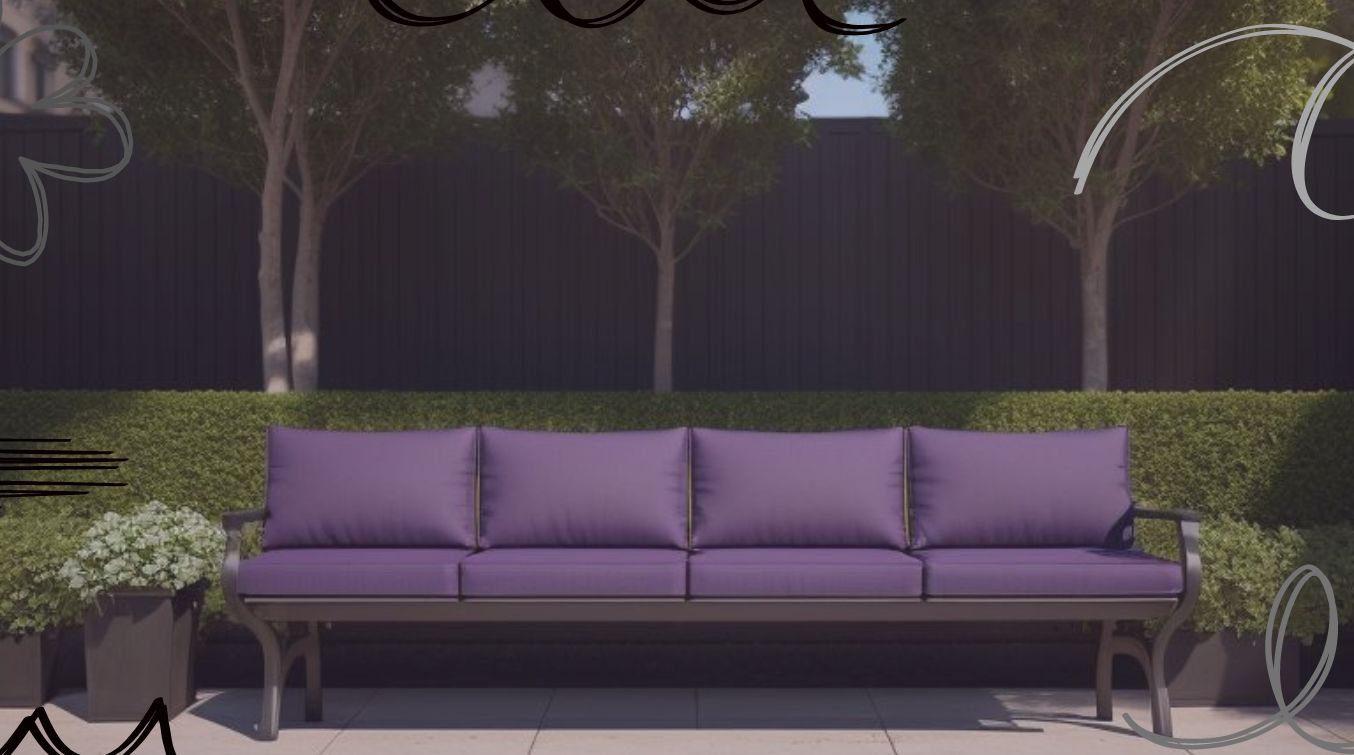
Outdoor bench cushions are specially designed cushions intended for use on outdoor benches. They serve multiple purposes, including providing comfort for seating, enhancing the aesthetics of outdoor spaces, and protecting the bench itself from wear and tear. These cushions are constructed with materials that are resistant to outdoor elements such as sunlight, rain, and mildew, ensuring durability and longevity. They come in various sizes, shapes, and designs to suit different bench styles and personal preferences. Overall, outdoor bench cushions are essential accessories for creating a cozy and inviting outdoor seating area.
Importance of outdoor bench cushions
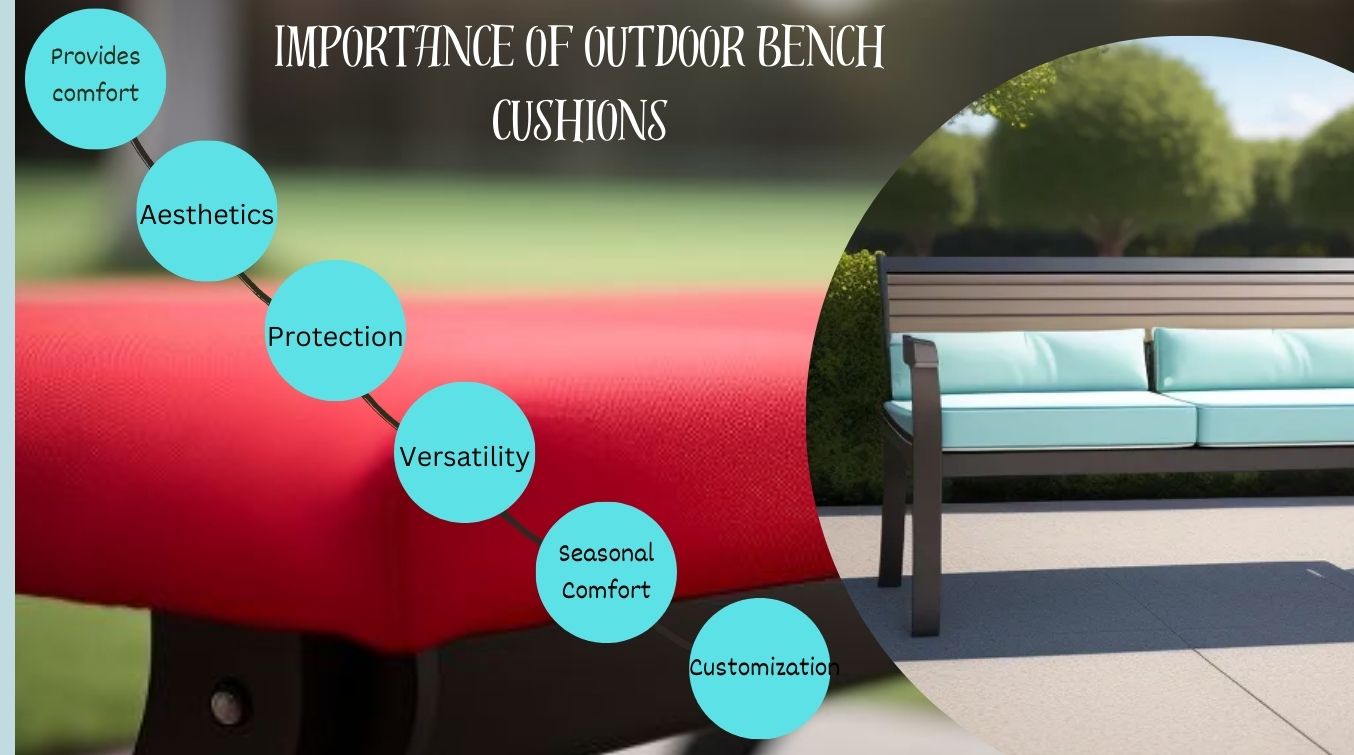
- Provides comfort: Soft, supportive surface enhances outdoor relaxation.
- Aesthetics: Available in various colors, patterns, and designs, personalized outdoor spaces.
- Protection: Acts as a barrier between bench and sitter, reducing risk of damage.
- Versatility: Can be used in various outdoor settings, transforming any seating area into a cozy retreat.
- Seasonal Comfort: Provides insulation against chilly surfaces during colder months.
- Customization: Offers flexibility in size, shape, and fabric to fit different bench styles and personal preferences.
Material and Construction
The material and construction of outdoor bench cushions are essential factors.
Here is a closer look at the various aspects of material and construction:
A. Fabric Options:
- Polyester: Polyester fabric is a popular choice for outdoor cushions due to its durability, resistance to fading, and ease of maintenance. It is also quick drying, making it suitable for outdoor use where exposure to moisture is common.
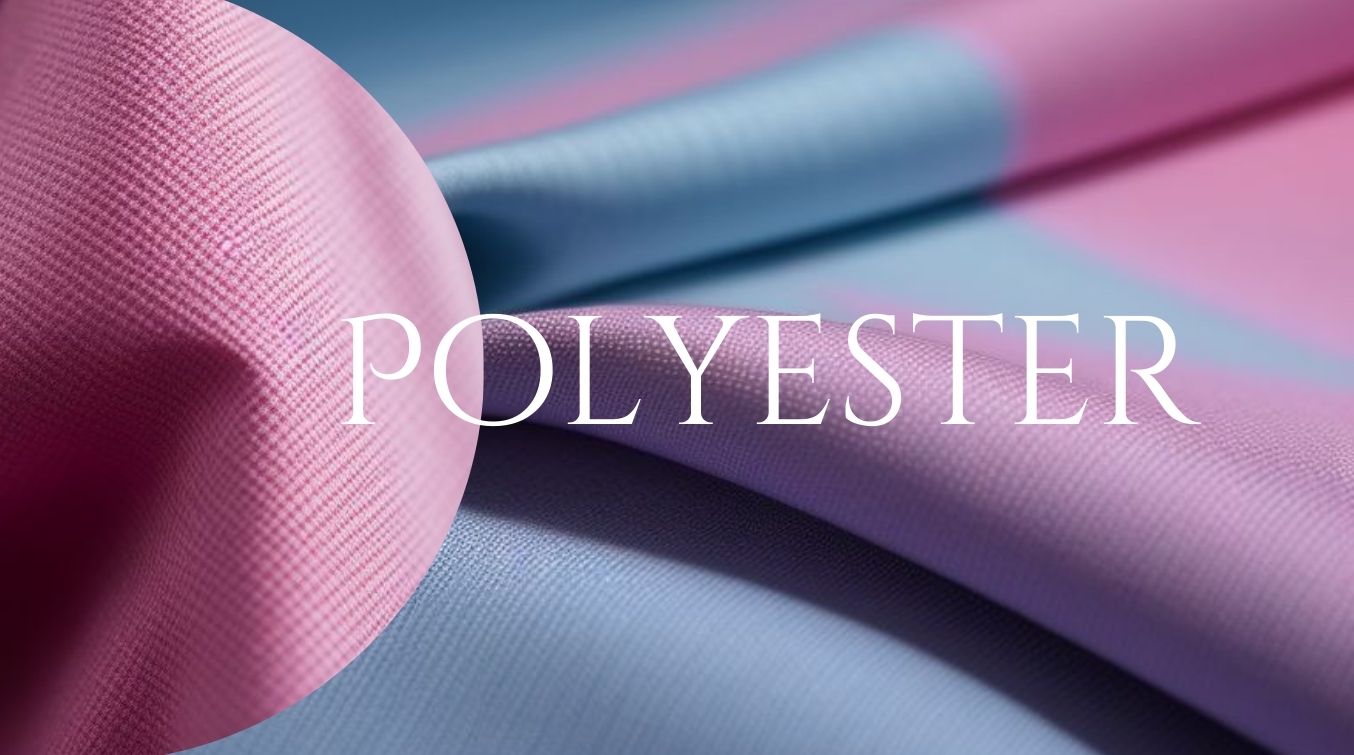
- Acrylic: Acrylic fabrics are known for their softness, color retention, and resistance to mildew and UV rays. They offer a luxurious feel and are available in a wide range of colors and patterns,. Acrylic fabrics are durable and can withstand prolonged exposure to sunlight without fading.
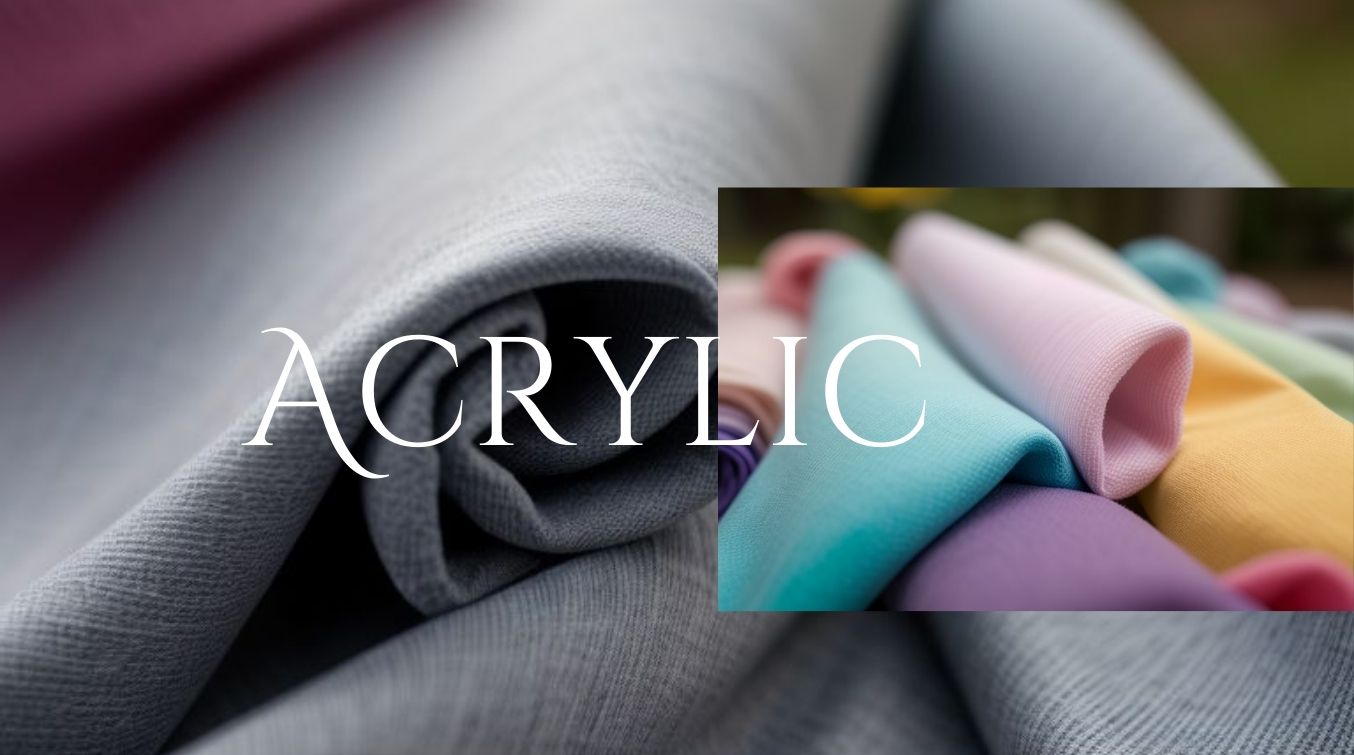
- Sunbrella: Sunbrella fabric is a premium outdoor fabric known for its exceptional durability, fade resistance, and easy cleaning. It's perfect for outdoor cushions exposed to direct sunlight and harsh weather, offering long-lasting performance and vibrant colors.
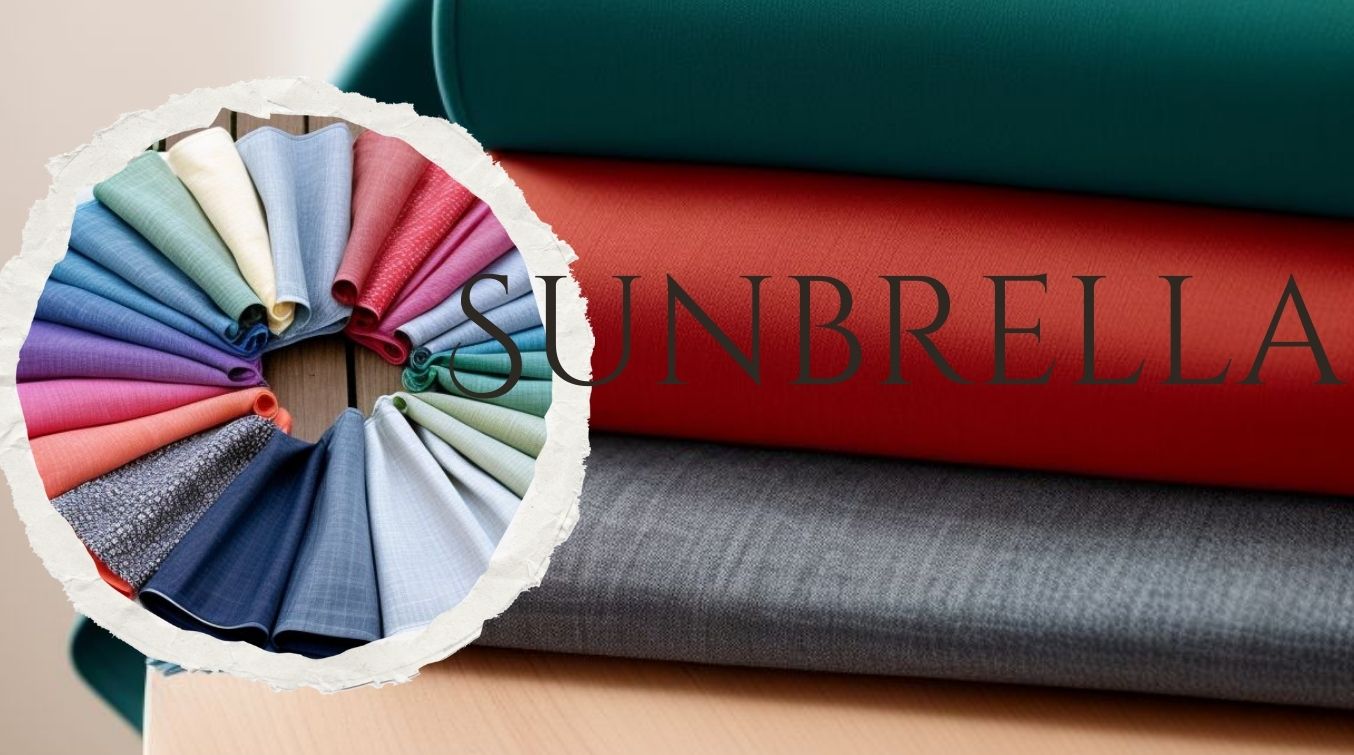
B. Filling Materials:
- Foam: High-density foam is commonly used as filling material for outdoor bench cushions. It provides firm support and retains its shape well over time, ensuring long-lasting comfort for outdoor seating. Foam cushions are resilient and offer excellent support for extended periods of sitting.
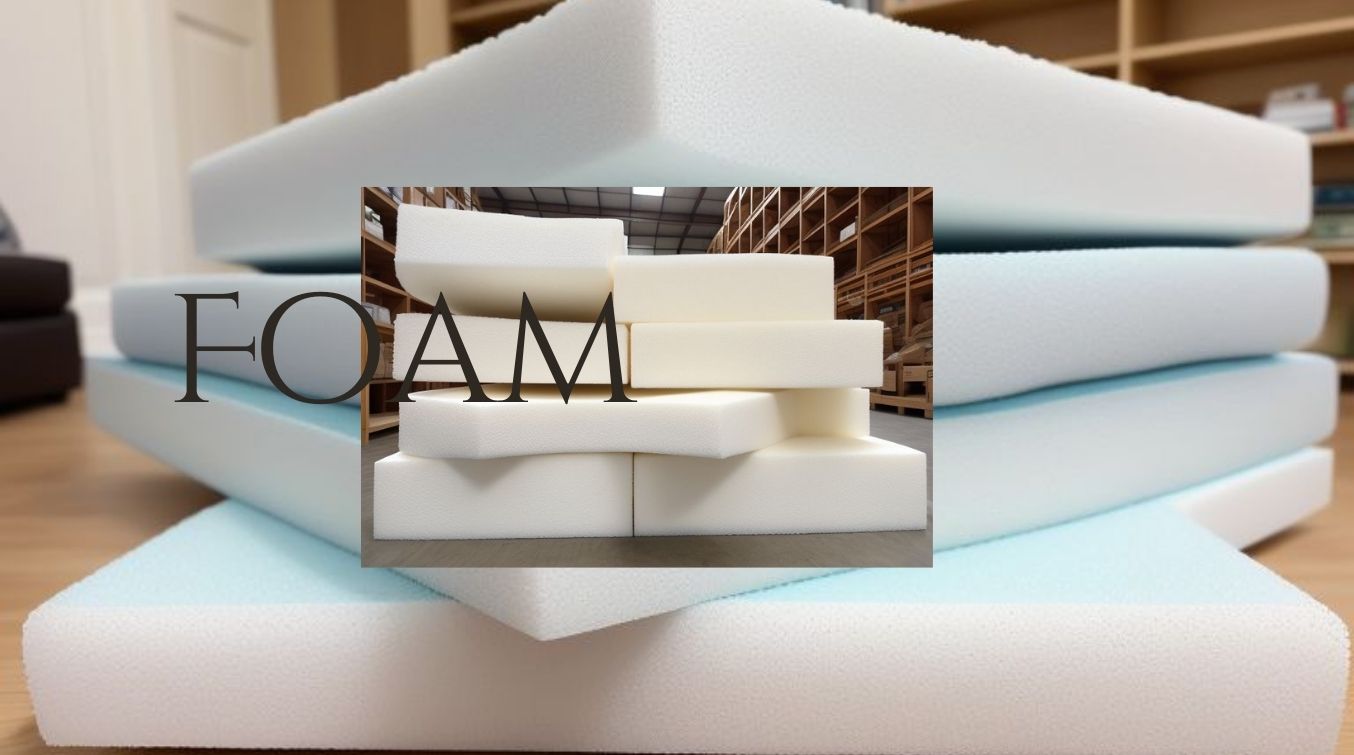
- Polyester Fiber: Polyester fiber fillings offer a plush and luxurious feel, providing a softer seating experience compared to foam. Polyester fiber cushions are comfortable and offer good support for relaxation.
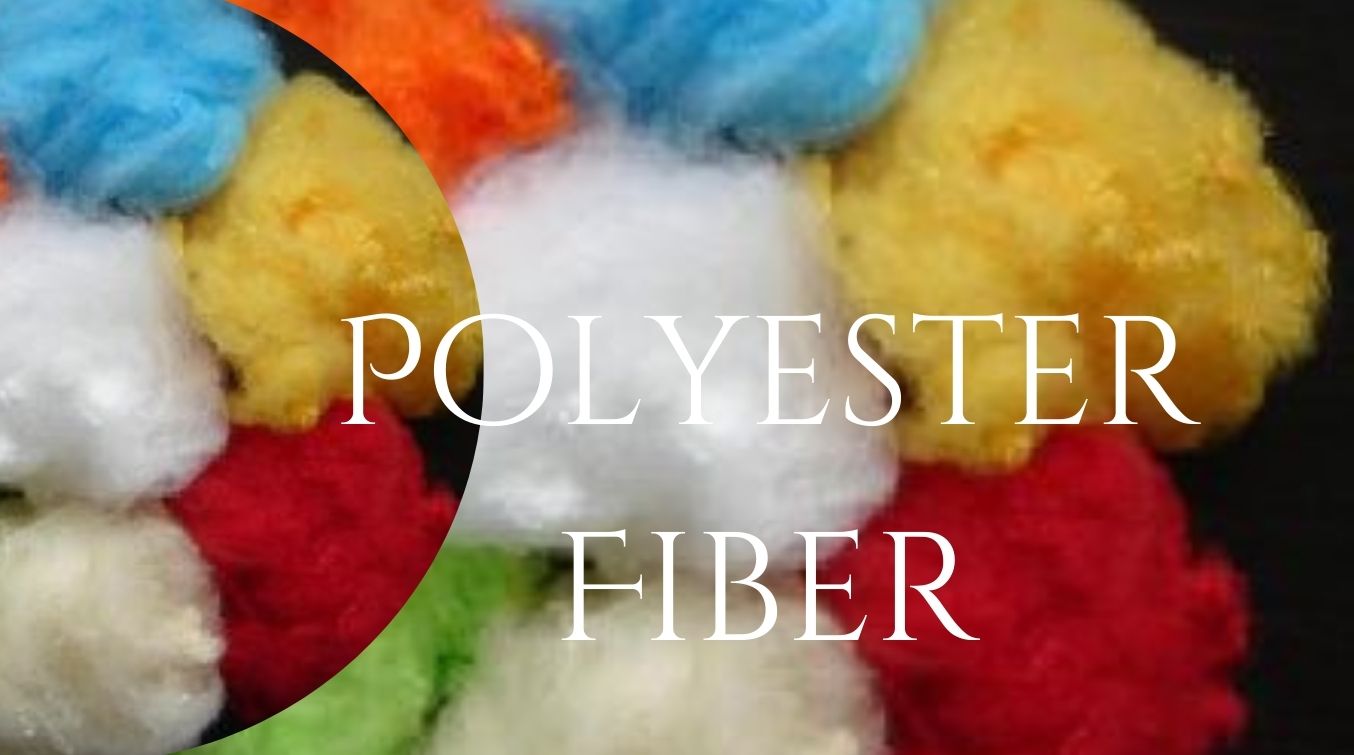
- Down: Down fillings provide exceptional softness and insulation, creating a cozy seating experience. However, they may not be suitable for outdoor use in damp or humid climates, as they can absorb moisture and lose their loft. Down cushions are luxurious and offer superior comfort but require proper care and maintenance to prevent moisture-related issues.
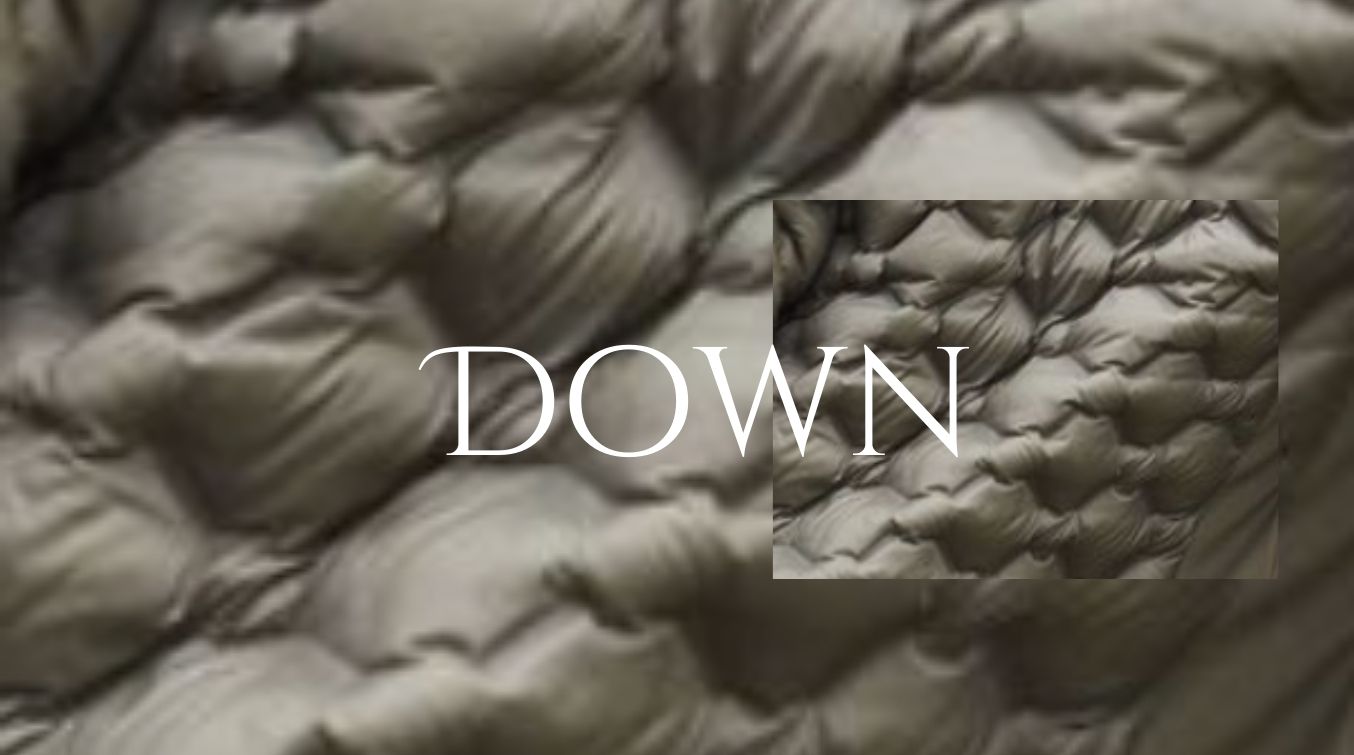
C. Construction:
- Stitching: The stitching of outdoor bench cushions plays a crucial role in their durability and longevity. Double stitching or reinforced seams help prevent unraveling and ensure that the cushion holds its shape over time, even with regular use.
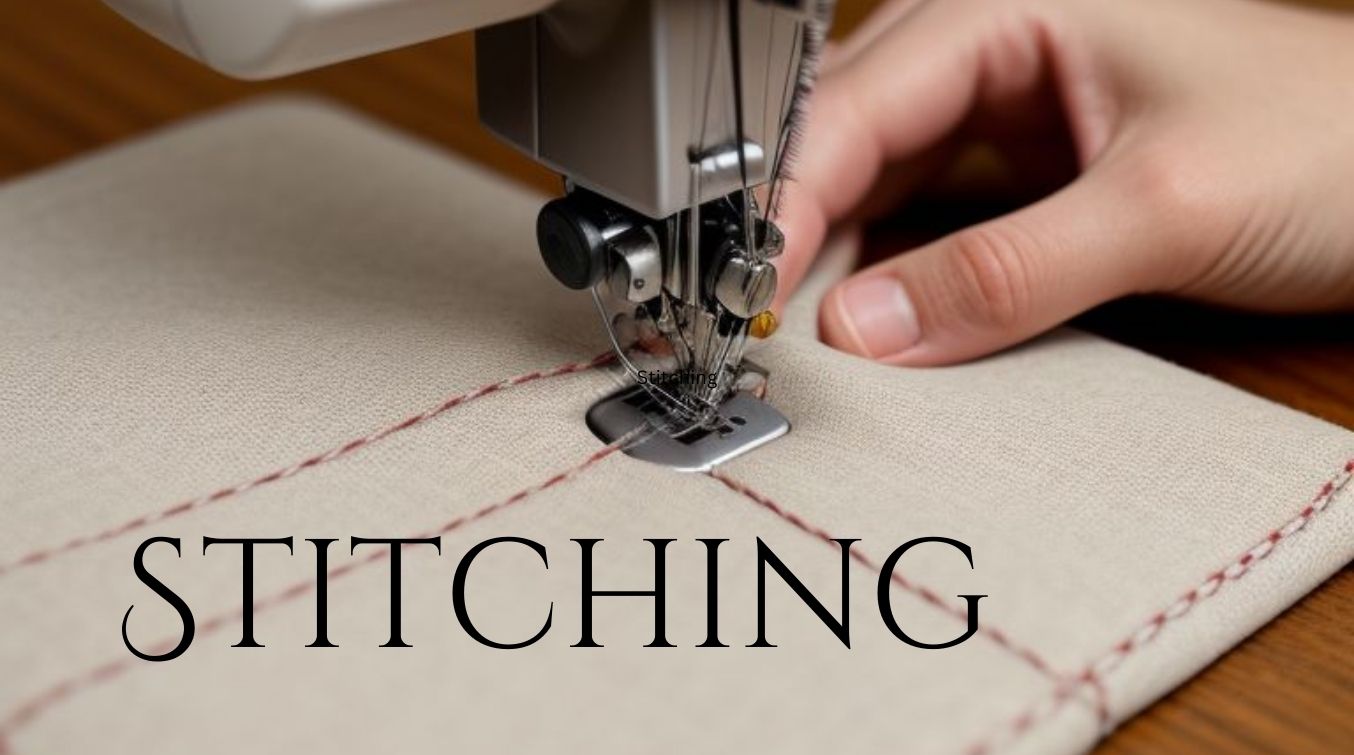
- Ties or Velcro Straps: Many outdoor bench cushions feature ties or Velcro straps to secure them to the bench, preventing them from sliding or blowing away in the wind. These attachment methods ensure that the cushion stays in place during use, enhancing comfort and safety.
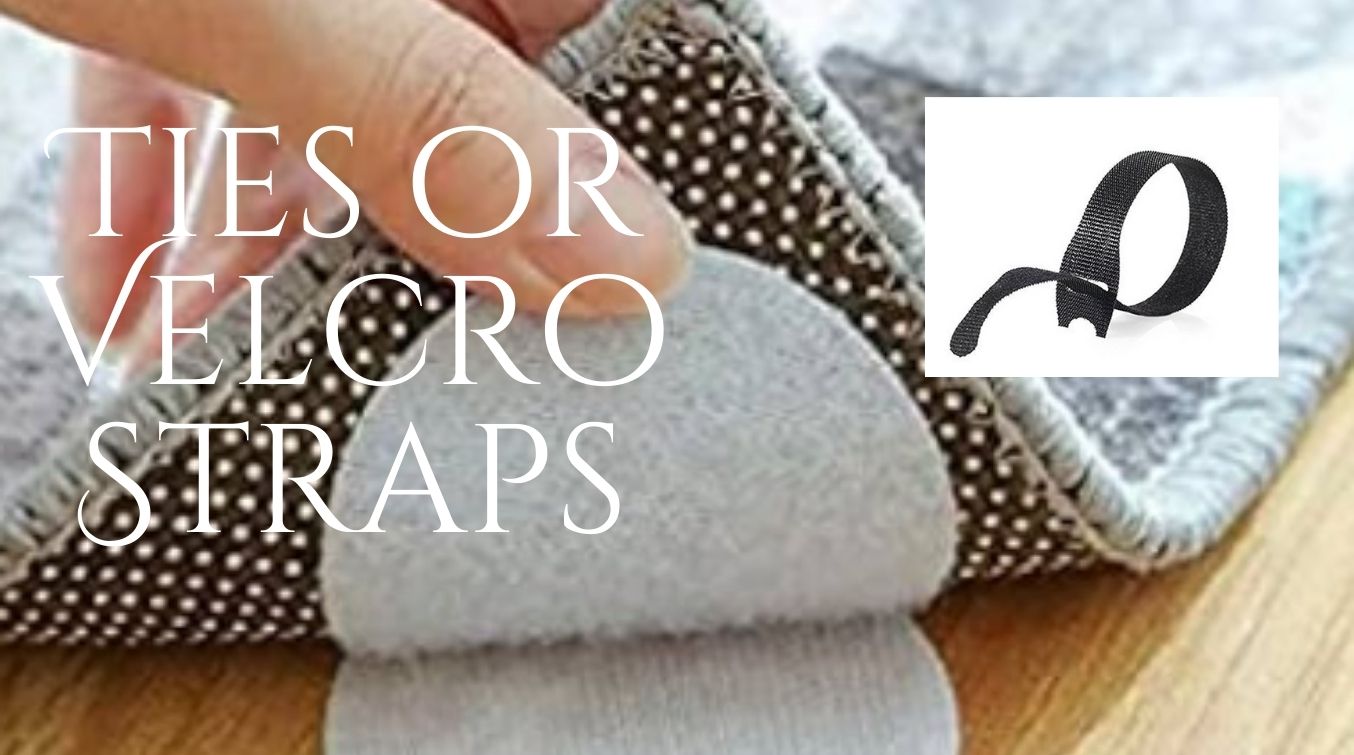
- Piping or Welting: Piping or welting along the edges of outdoor bench cushions adds a decorative touch and reinforces the seams, improving the cushion's durability and aesthetics. It also helps maintain the cushion's shape and prevents fraying along the edges.
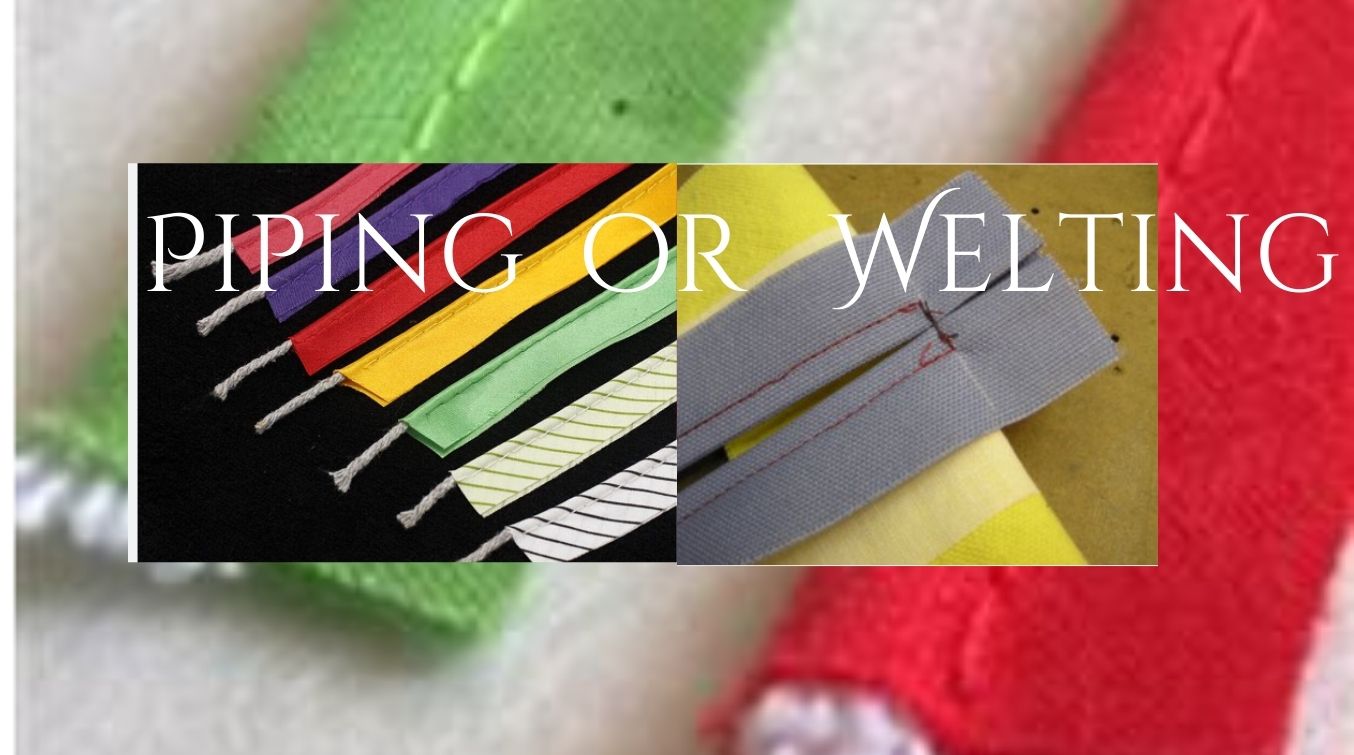
Size and Shape
When it comes to outdoor bench cushions, selecting the right size and shape is essential for both comfort and aesthetics. Here is a closer look at these considerations:
A. Standard Sizes for Outdoor Bench Cushions:
- Bench Length: Outdoor bench cushions are available in various standard sizes to fit different bench lengths. Common lengths include 36 inches, 48 inches, 60 inches, and 72 inches, among others. Choose a cushion size that matches the length of your bench for a proper fit.
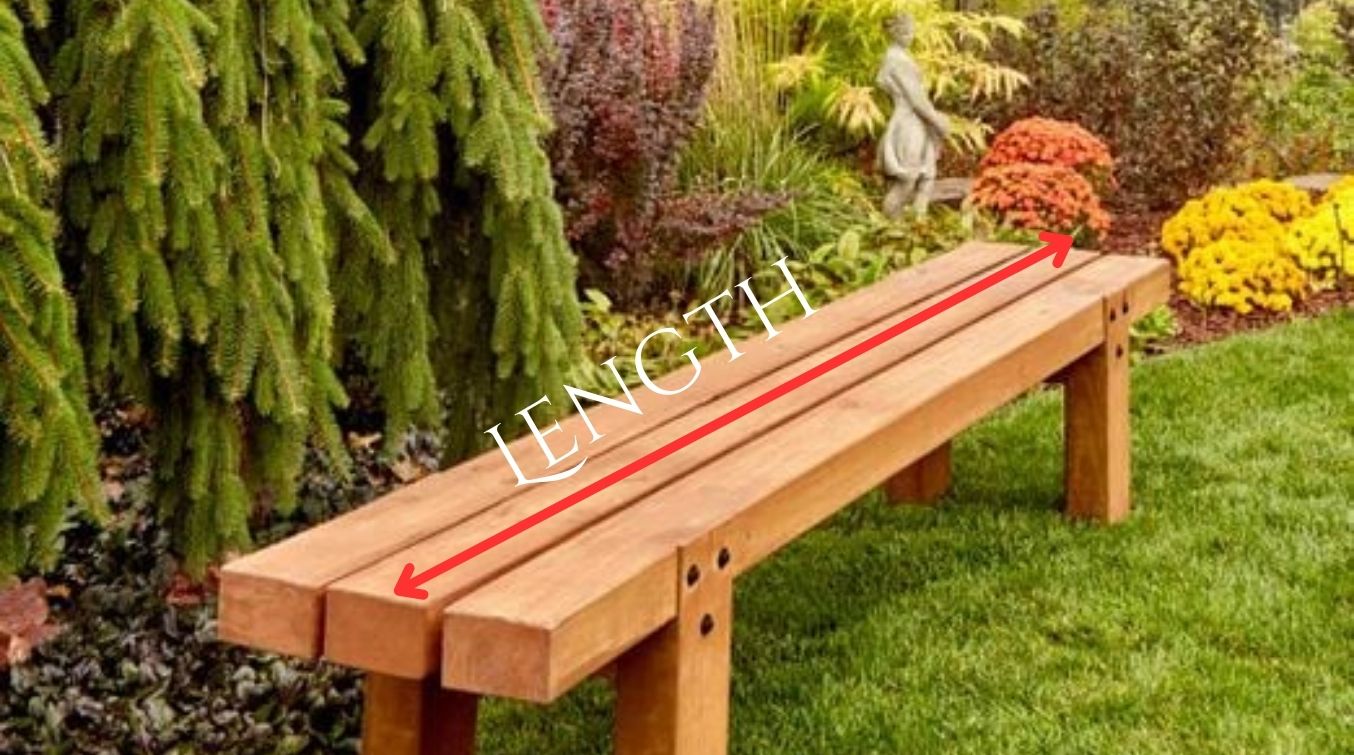
- Bench Depth: Consider the depth of your bench when selecting a cushion size. Standard depths for outdoor bench cushions range from 16 inches to 24 inches, depending on the bench's design. Measure the depth of your bench seat to ensure that the cushion provides adequate coverage and support.
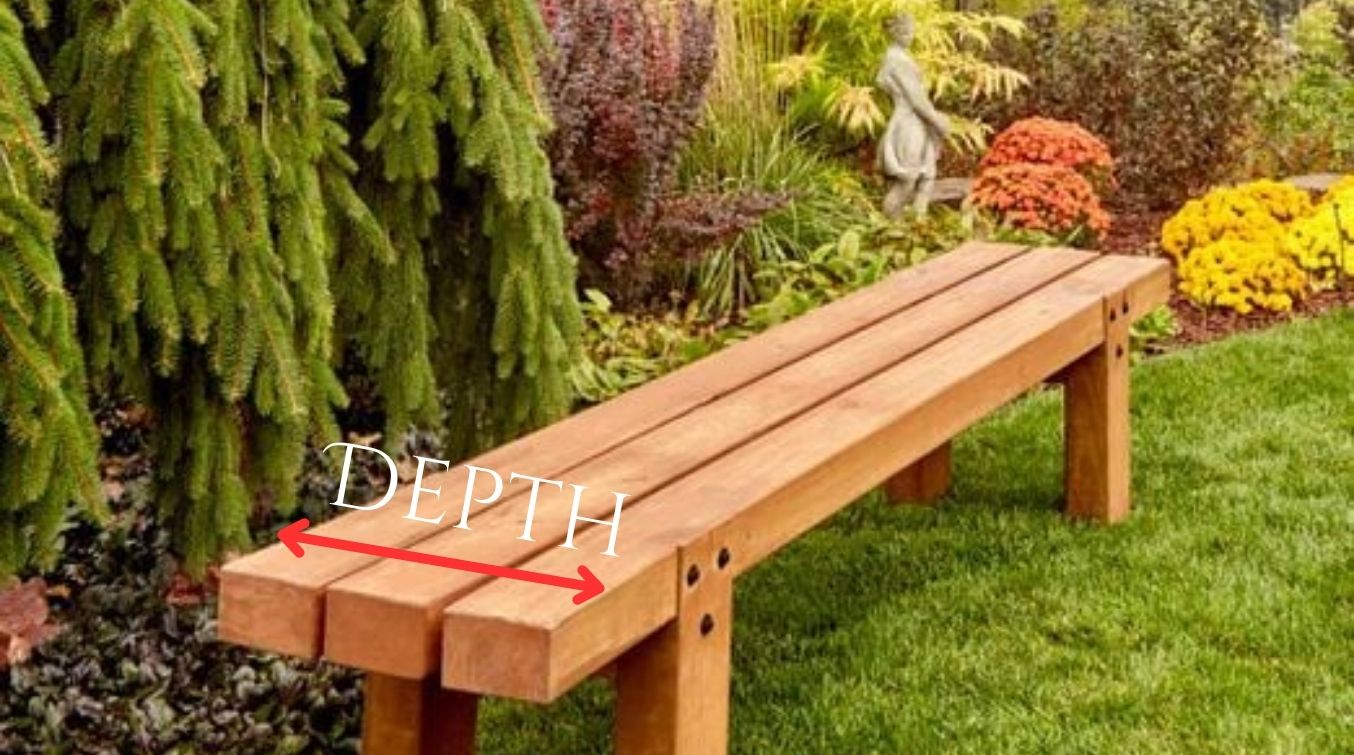
- Thickness: Outdoor bench cushions come in different thicknesses to accommodate various preferences and seating needs. Standard thickness options include 2 inches, 3 inches, 4 inches, and 5 inches, among others. Choose a cushion thickness that offers the desired level of comfort without feeling too bulky or thin.
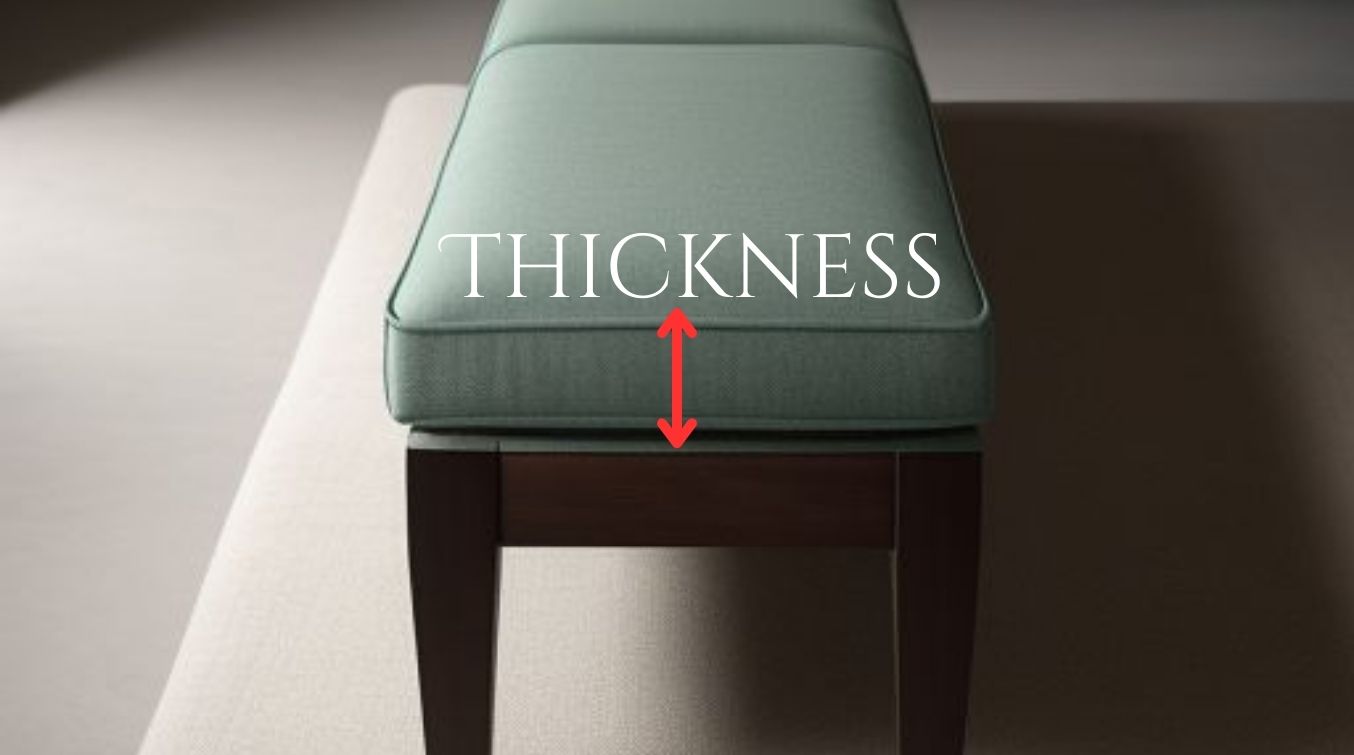
B. Customization Options for Different Bench Shapes:
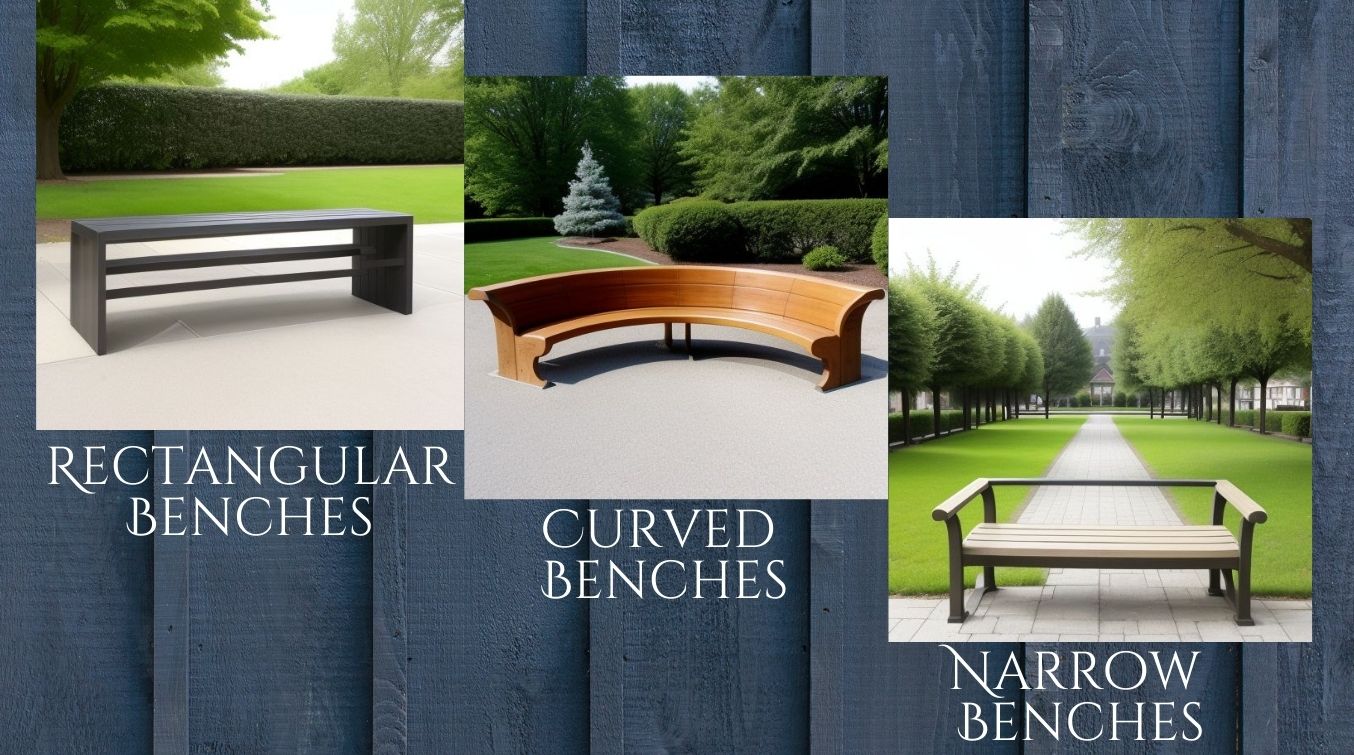
- Rectangular Benches: Rectangular bench cushions are the most common shape and are suitable for benches with straight edges and corners. These cushions come in standard sizes to fit typical bench dimensions but can also be customized for a perfect fit.
- Curved Benches: For benches with curved or rounded edges, custom-made cushions may be necessary to ensure a snug and secure fit.
- Narrow Benches: Narrow benches, such as garden or patio benches, may require custom-sized cushions to fit their unique dimensions. Customization options allow you to create cushions that are proportional to the bench's size and shape, ensuring a cohesive and stylish look.
C. Thickness and Comfort Level Considerations:
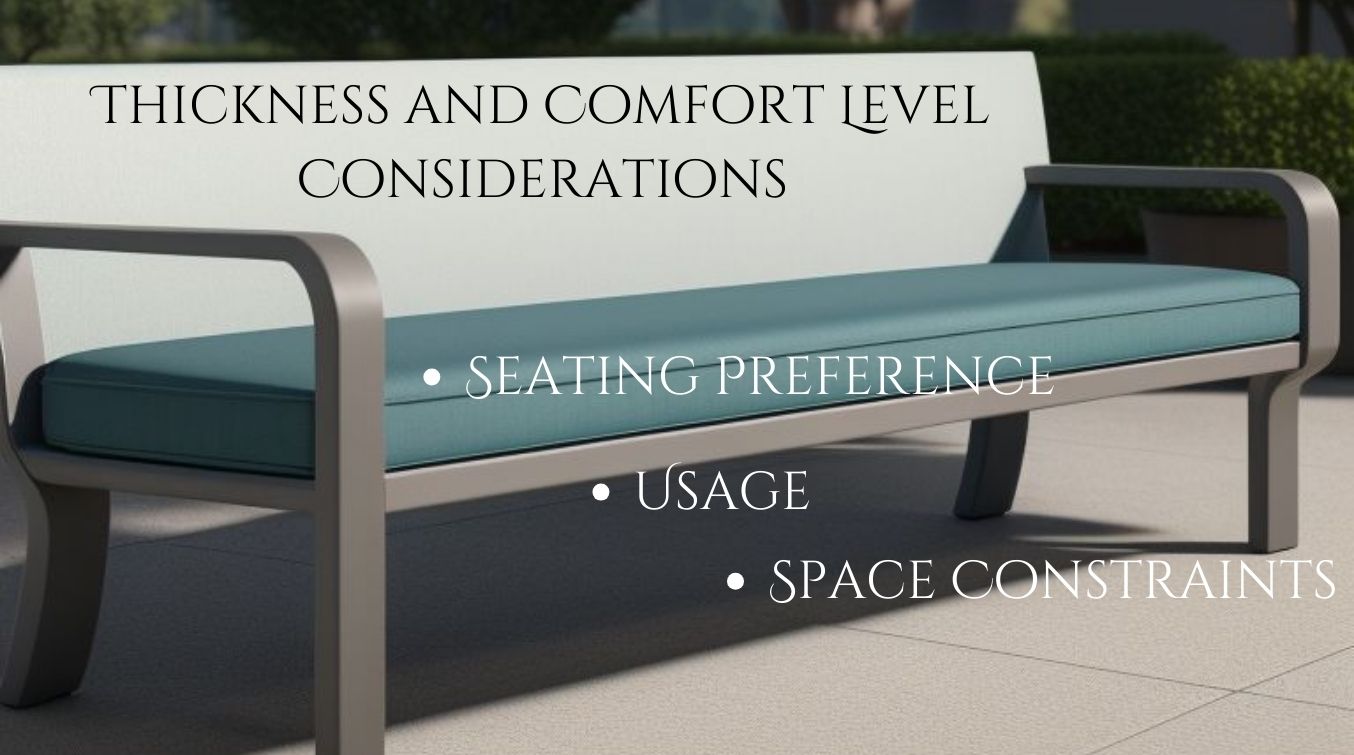
- Seating Preference: Consider your seating preferences when selecting the thickness of outdoor bench cushions. Thicker cushions provide more padding and support, making them ideal for extended periods of sitting. However, thinner cushions may be preferred for benches with limited space or for a sleeker aesthetic.
- Usage: Take into account how the bench will be used when choosing the cushion thickness. If the bench will be used for lounging or relaxing, opt for thicker cushions that offer maximum comfort. For benches used primarily for dining or casual seating, thinner cushions may suffice.
- Space Constraints: Consider any space constraints or limitations when selecting the cushion thickness. Thicker cushions may require more clearance between the bench and surrounding furniture or structures, so ensure that the chosen thickness does not impede movement or functionality in your outdoor space.
Design and Style
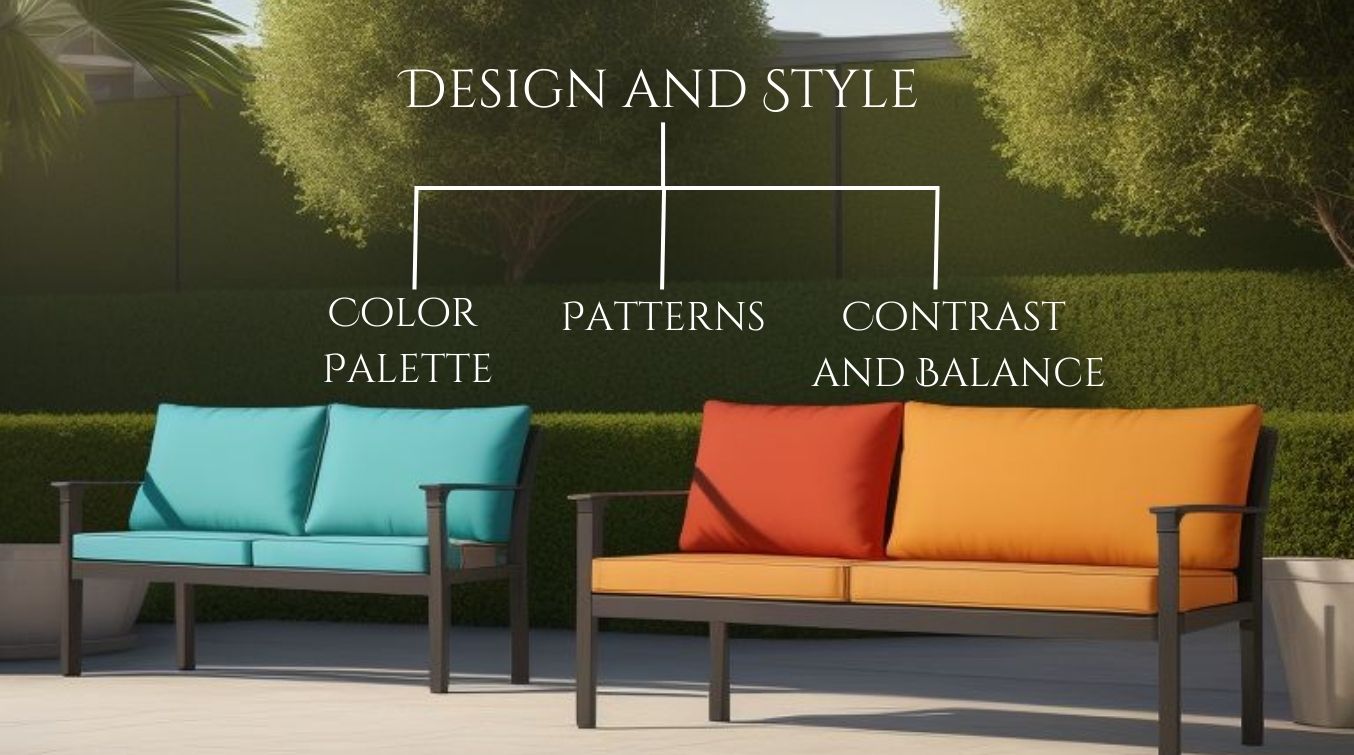
The design and style of outdoor bench cushions significantly influence the aesthetic appeal of your outdoor space.
A. Color and Pattern Choices:
- Color Palette: Choose outdoor bench cushions that complement the color scheme of your outdoor space. Consider the existing furniture, decor, and surroundings when selecting colors. Neutral tones like beige, gray, and taupe offer versatility and blend well with various outdoor settings. Alternatively, opt for vibrant hues to add a pop of color and personality to your outdoor seating area.
- Patterns: Explore a variety of patterns to add visual interest and texture to your outdoor bench cushions. Stripes, florals, geometric prints, and tropical motifs are popular options that can enhance the style of your outdoor space. Mix and match patterns for a playful and eclectic look, or keep it cohesive with a single pattern throughout.
- Contrast and Balance: Strike a balance between bold statements and subtle accents by incorporating contrasting colors or patterns into your outdoor bench cushions. Contrasting colors create visual interest and draw attention to the seating area, while balanced patterns provide a cohesive and harmonious look.
B. Tie-On or Non-Slip Options for Secure Placement:
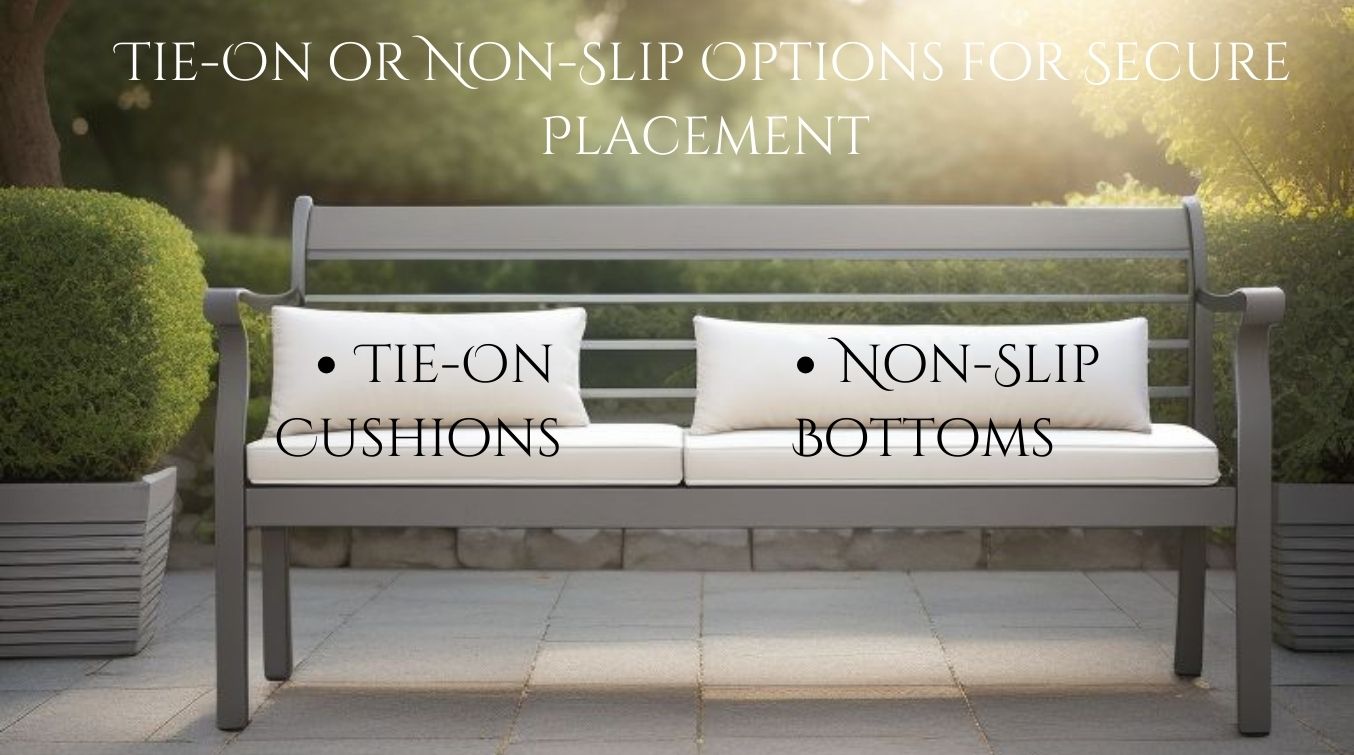
- Tie-On Cushions: Outdoor bench cushions with tie-on straps offer a secure and stable fit, preventing them from shifting or sliding off the bench. Tie-on straps can be easily adjusted to ensure a snug and comfortable fit, providing peace of mind during outdoor activities.
- Non-Slip Bottoms: Look for outdoor bench cushions with non-slip bottoms or grippy materials to prevent them from moving around on the bench. Non-slip features provide stability and safety, especially on smooth or slippery surfaces, ensuring a hassle-free seating experience.
C. Decorative Elements Like Piping, Buttons, or Tufting:
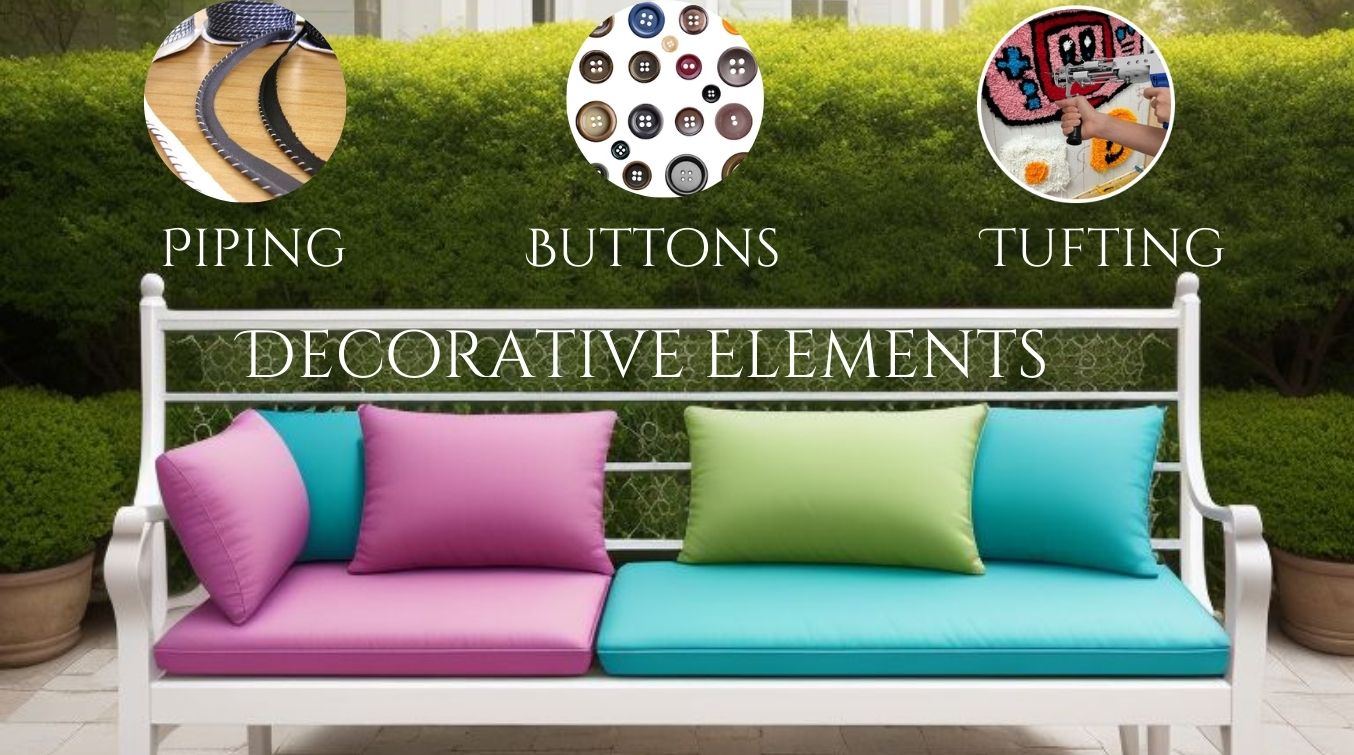
- Piping: Piping or corded edges add a tailored and polished look to outdoor bench cushions. Choose contrasting or coordinating piping to accentuate the cushion's shape and create visual interest.
- Buttons: Button tufting adds a classic and elegant touch to outdoor bench cushions. Buttons create subtle dimples or pleats in the fabric, adding texture and depth to the cushion's surface. Choose buttons in complementary colors or materials to complement the overall design scheme.
- Tufting: Tufted cushions feature clusters of fabric pulled tightly together with stitching or buttons, creating a plush and inviting appearance.
Maintenance and Care
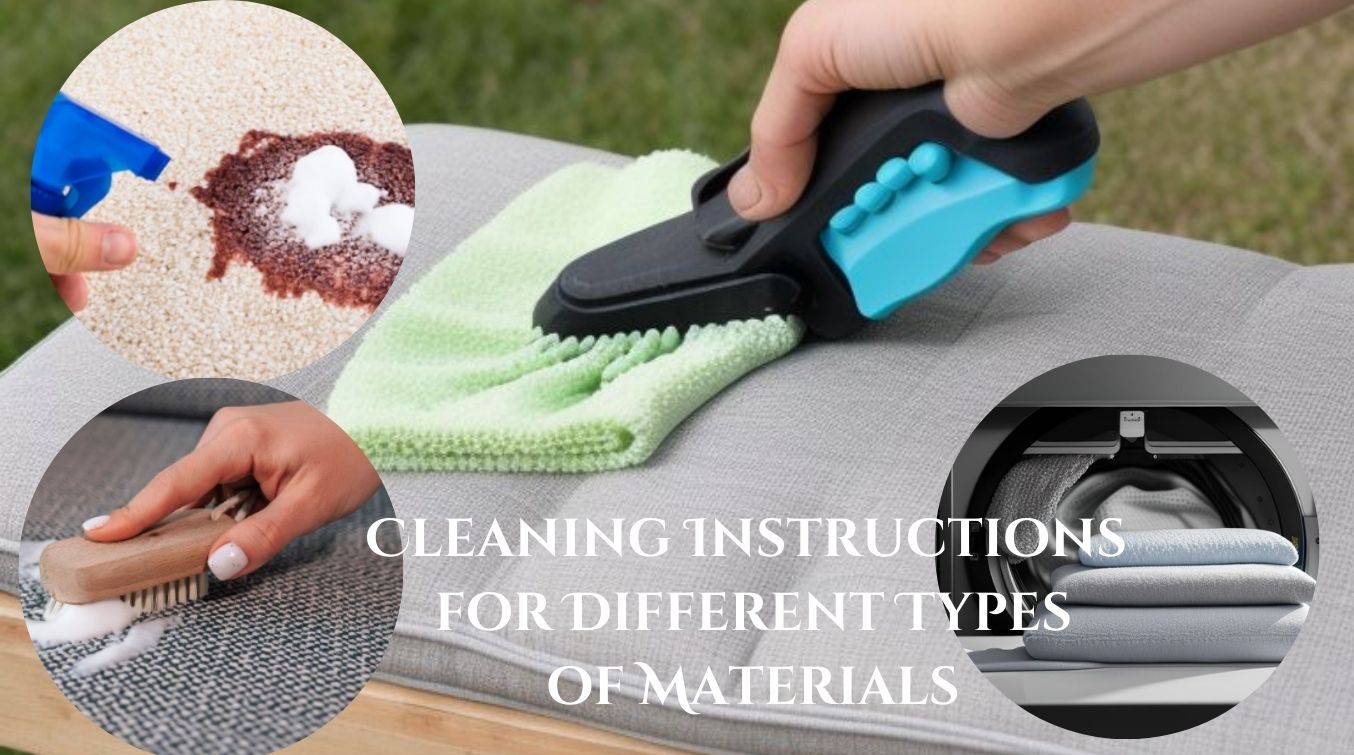
Maintaining outdoor bench cushions is essential to ensure their longevity, cleanliness, and continued enjoyment.
A. Cleaning Instructions for Different Types of Materials:
- Spot Cleaning: For minor stains and spills, spot clean outdoor bench cushions promptly using a mild detergent and water. Gently scrub the affected area with a soft brush or cloth, then rinse thoroughly with water and allow the cushion to air dry completely.
- Machine Washing: Removable cushion covers made from machine-washable fabrics like polyester or acrylic can be laundered in the washing machine according to the manufacturer's instructions. Use a gentle cycle with cold water and a mild detergent, then air dry or tumble dry on low heat.
- Hand Washing: If machine washing is not recommended or feasible, hand wash outdoor bench cushion covers in a basin or tub filled with cold water and a gentle detergent. Gently agitate the fabric and rinse thoroughly, then air dry in a well-ventilated area away from direct sunlight.
- Professional Cleaning: For heavily soiled or stubborn stains, consider professional cleaning services for outdoor bench cushions. Professional cleaners have the expertise and specialized equipment to effectively clean and restore cushions without damaging the fabric or construction.
B. Storage Tips to Extend the Lifespan of the Cushion:
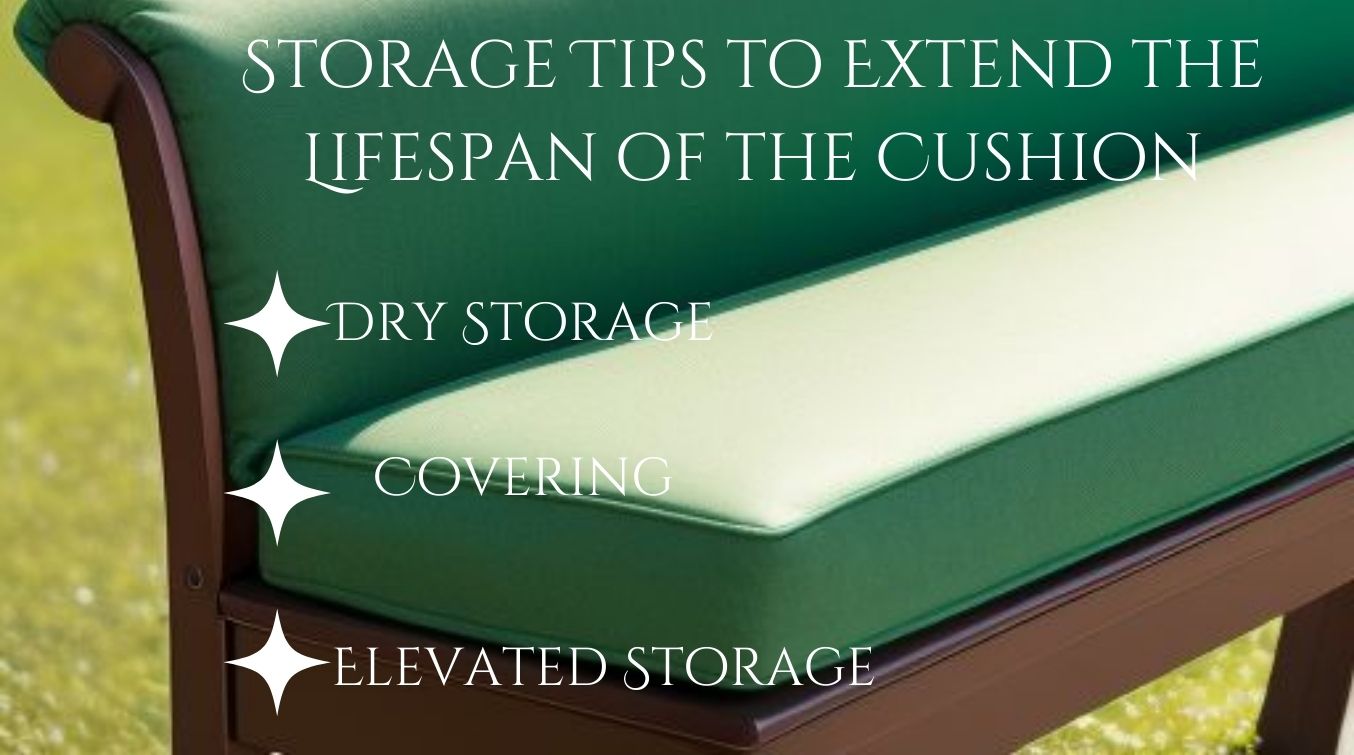
- Dry Storage: During periods of inclement weather or when not in use, store outdoor bench cushions in a dry and well-ventilated area to prevent moisture buildup and mold growth. Avoid storing cushions in damp or humid environments, as this can lead to mildew and odor problems.
- Covering: Use protective covers or storage bags to shield outdoor bench cushions from dust, dirt, and debris when not in use. Covering cushions helps preserve their cleanliness and prolongs their lifespan by reducing exposure to the elements.
- Elevated Storage: Store outdoor bench cushions on elevated surfaces such as shelves or racks to prevent contact with the ground and potential damage from pests, moisture, or rodents. Keep cushions off the floor and away from direct sunlight to maintain their quality and appearance.
C. UV Protection and Mildew Resistance Features:
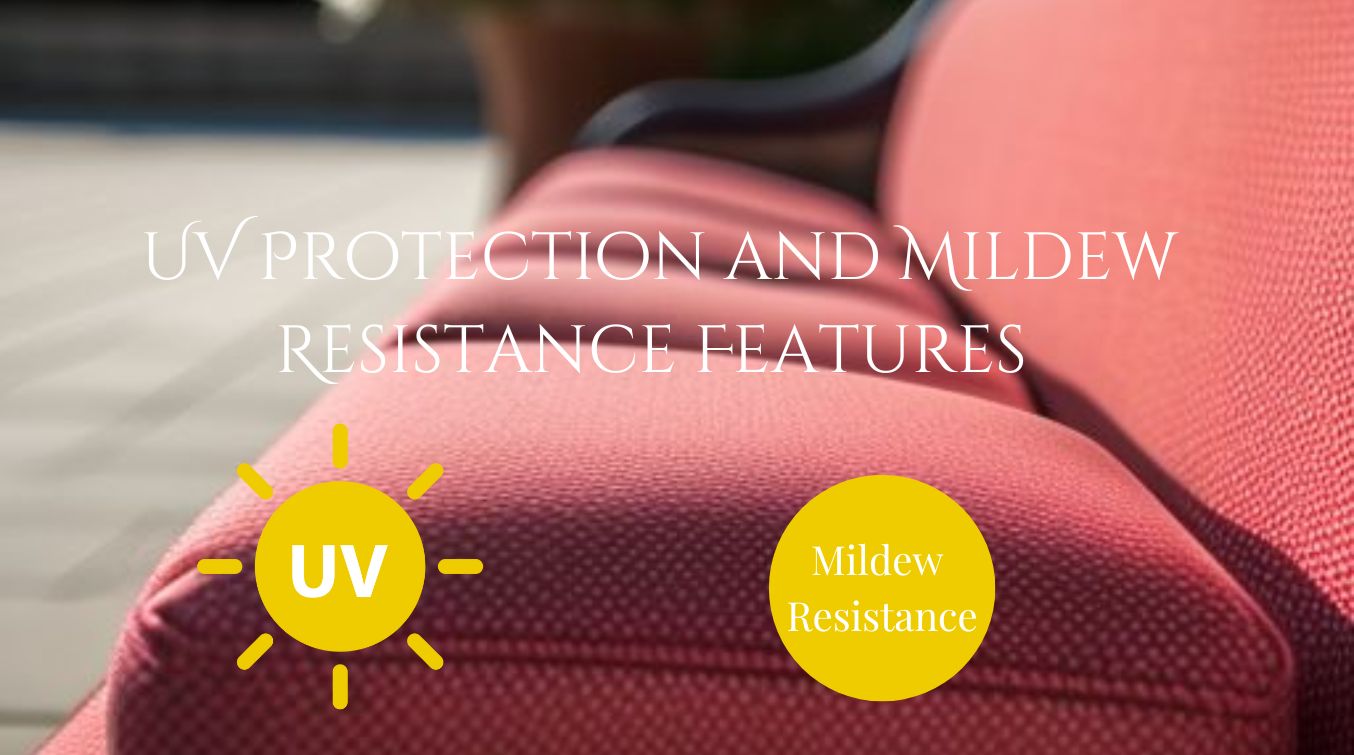
- UV Protection: Choose outdoor bench cushions with built-in UV protection to shield them from the sun's harmful rays and prevent fading or discoloration. UV-resistant fabrics and treatments help maintain the vibrancy and longevity of cushions exposed to direct sunlight.
- Mildew Resistance: Look for outdoor bench cushions with mildew-resistant features to inhibit the growth of mold and mildew in humid or damp conditions. Mildew-resistant fabrics and treatments provide added protection against moisture-related issues, ensuring that cushions remain clean and hygienic.
Benefits of Using Outdoor Bench Cushions
A. Comfort and Support for Seating Outdoors:
- Enhanced Comfort: Outdoor bench cushions provide a soft and supportive surface for sitting, lounging, or dining outdoors, making seating more comfortable and inviting for individuals of all ages.
- Improved Ergonomics: The cushioned surface of outdoor bench cushions helps alleviate pressure points and reduces discomfort during prolonged periods of sitting, allowing for a more enjoyable outdoor experience.
- Versatile Seating: With the addition of cushions, outdoor benches become versatile seating options for various outdoor activities, including relaxing, socializing, dining, or reading, maximizing the usability of outdoor spaces.
B. Enhances the Aesthetic Appeal of Outdoor Spaces:
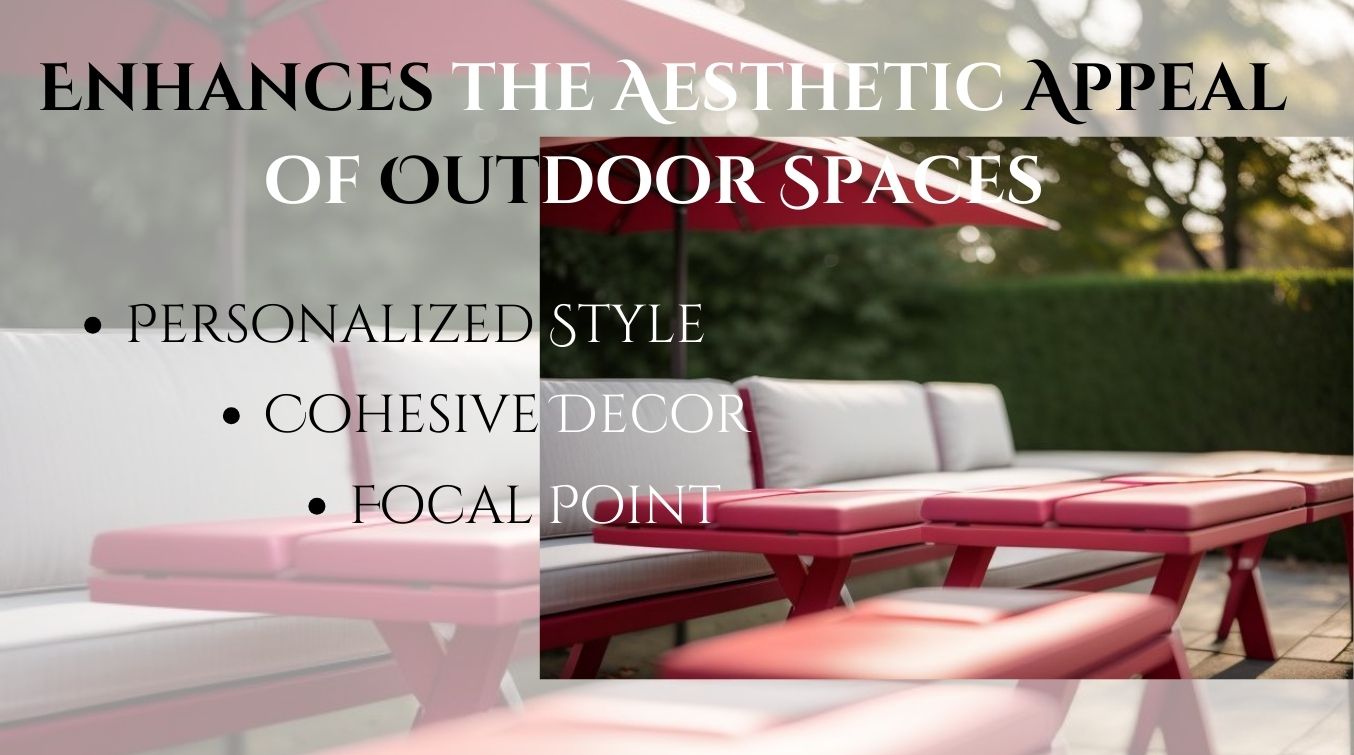
- Personalized Style: Outdoor bench cushions come in a wide range of colors, patterns, and designs, allowing homeowners to express their personal style and enhance the visual appeal of their outdoor seating areas.
- Cohesive Decor: Coordinating cushions with existing outdoor decor elements such as furniture, rugs, and accessories creates a cohesive and harmonious look that ties the outdoor space together, enhancing its overall aesthetic appeal.
- Focal Point: Stylish and well-chosen outdoor bench cushions can serve as focal points or statement pieces in outdoor seating arrangements, drawing attention and adding visual interest to the space.
C. Protects the Bench from Wear and Tear:
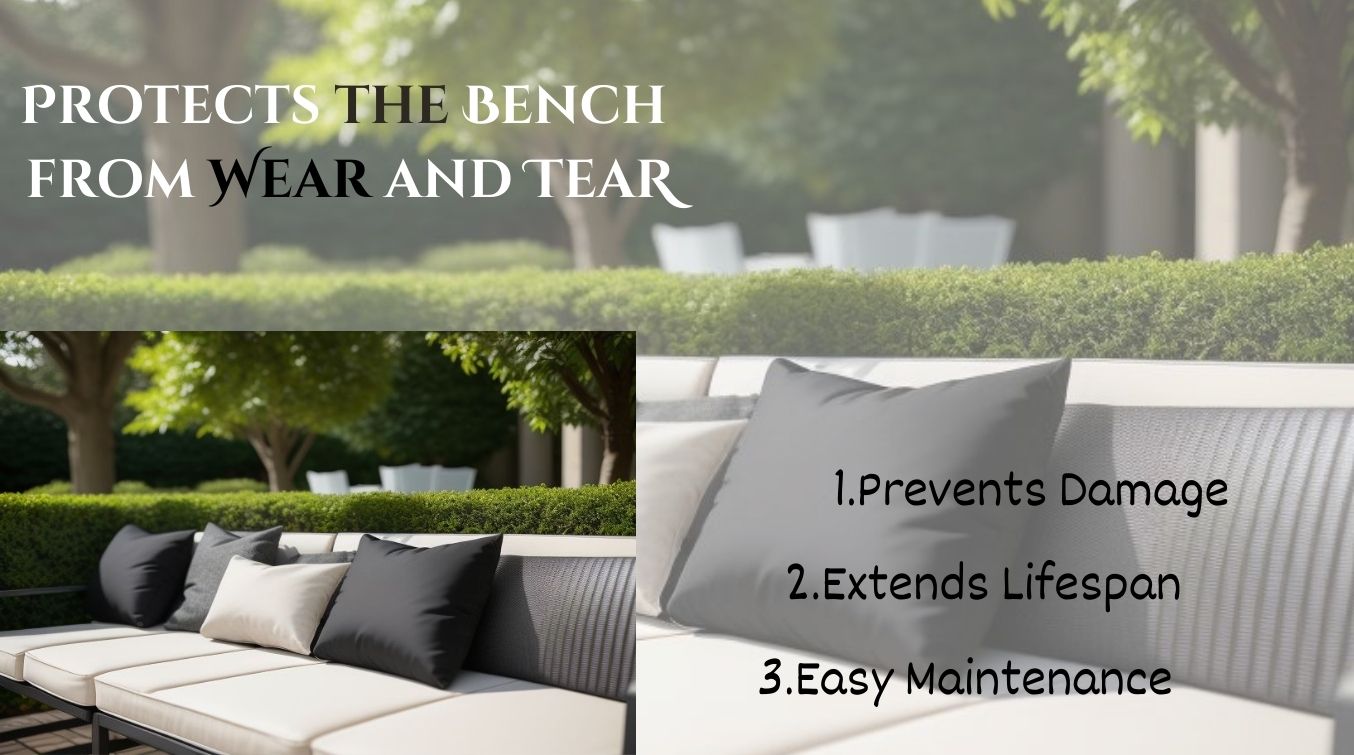
- Prevents Damage: Outdoor bench cushions act as protective barriers that shield the bench from scratches, stains, and other damage caused by frequent use, weather exposure, and environmental elements such as dirt, debris, and moisture.
- Extends Lifespan: By providing an additional layer of padding and insulation, outdoor bench cushions help prolong the lifespan of the bench by reducing wear and tear on the surface and structural components, ultimately preserving its integrity and functionality.
- Easy Maintenance: Removable and washable cushion covers make cleaning and maintaining outdoor bench cushions a breeze, allowing homeowners to keep their outdoor seating areas looking clean, fresh, and inviting with minimal effort.










